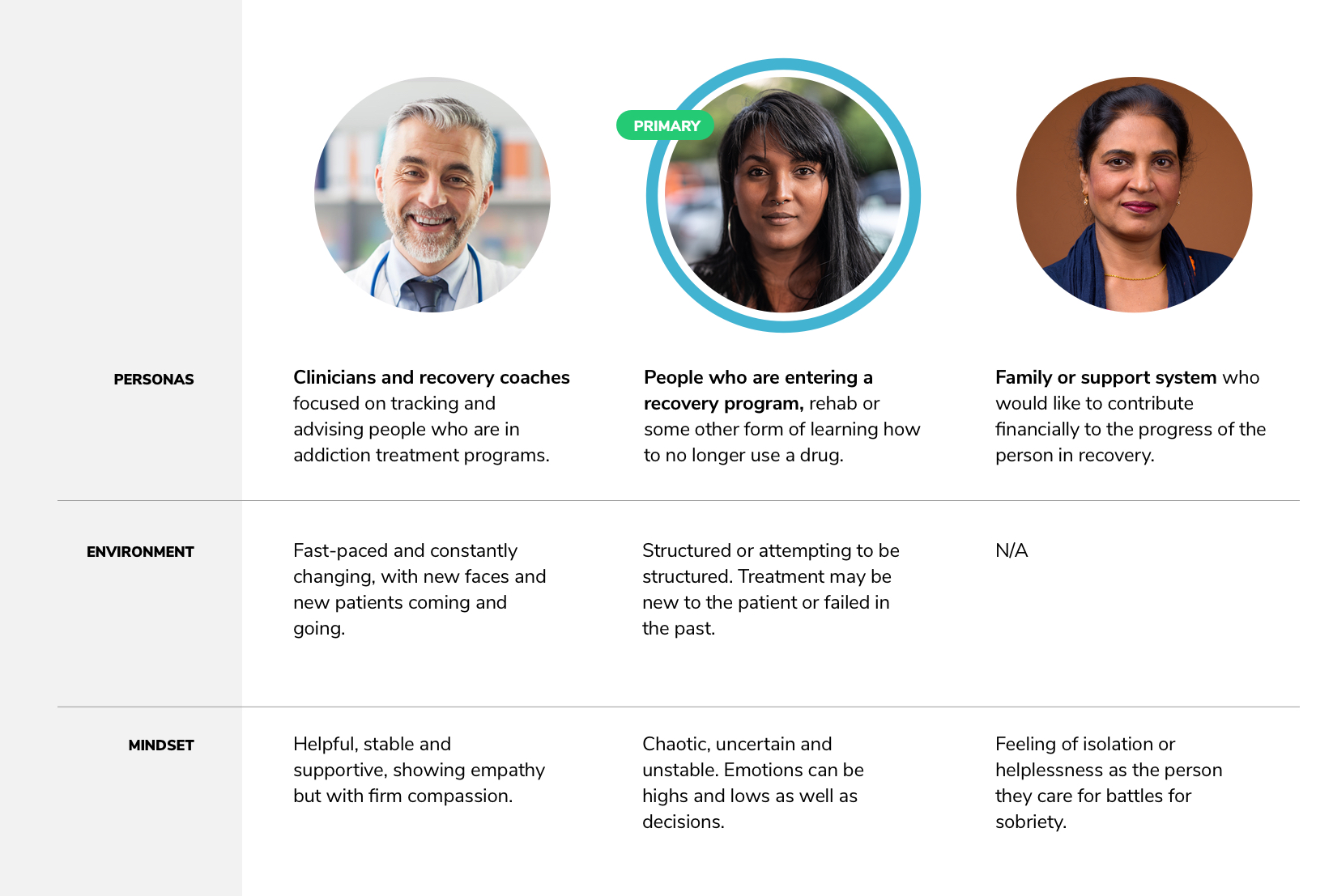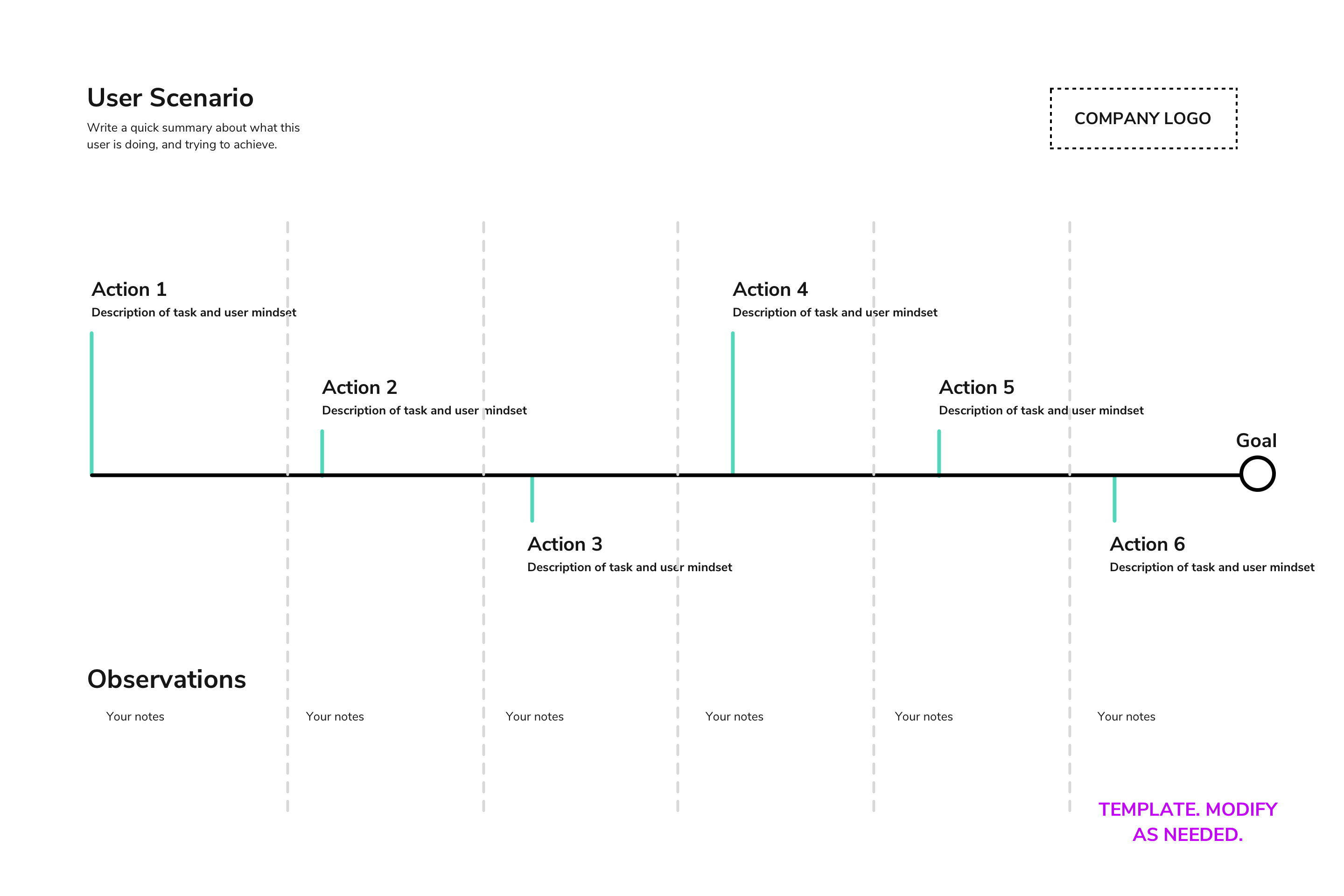Empathy in Product Design
How can we judge another until we have walked a mile in their shoes?

Or so goes the idiom. Meaning we don't have a complete understanding until we experience someone else's perspective. Experience is personal to the individual. Even though two people may be using the same set of features on an app, one person may totally get it, while the other struggles to complete basic tasks.
Just because the client thinks is a good idea is not a reason to do it one way. You have to understand your users. You have to create empathy to create the right solutions to fit a wide range of use cases.
A point where design and phychology intersect. There are a few ways in which we can try to create empathy.
- Observe early design concepts in moderated or unmoderated testing
- User interviews or surveys that target specific use cases
- Journey maps that show a customer's mood during the use case
- Analytics, analytics, analytics...
Moterated Testing
Let's start with the testing early design concepts. We have the option of both moderated and unmoterated testing. Both have advantages and disadvantages and can be in used in combination or which ever your project allows time for.
Moderated testing is high touch and allows you to directly observe the customer, ask them to complete a task, and then speak their mind as they walk through acheving the task. You can learn so much about their mental state as they talk out how they are deciding which options to chose or stumble points along the way. This also allows you to back up and ask them to eleborate in certain areas you would like clarity, in real-time.
Un-moterated Testing
The same general idea as moderated testing but is ussualy done virtually, writing down your tasks and then the user screen records their journey and thought process for playback by you at a later time. This is less touch and a great way to quick insights in a short amount of time when time is an issue. For example you are the end of a sprint and have come up with multiple ways to implement a feature. Instead of listening to the loudest person in the room express their opinion consider using a service like usertesting.com or userzoom. They can get pricey but great options if your project can afford it.
Interviews and surveys
This is the next best way to gain insight, many designer start here, before the early design or prototype phase. This allows you gain insight on your user base, customer needs, goals, frustrations, etc. Interviews can be done in person, over the phone on via Zoom calls. The purpose of the interview is to spend 15-20 minutes with the person and dig in to why they use your product. Understand their background in technology, desire to rely on future releases, etc. This should allow you accurate information to conjure up a few user personas like the below.
User Personas, Combined

User Personas, Individual
Also with the inclusion of user surveys which can easily be sent via email, text, product chat bubble or online web form, you can dive a little deeper. Asking a series of similar questions but unmoterated frees you up to work on other aspects while surveys are being completed. Services like surveymonkey.com even provide paid user pools, again if your project can afford it.
Journey Maps
Journey maps allow you to plot a path of user behavior along a journey. This can be for a very specific feature set or for something as vast as a sales life cycle. Since we are focused on product design in this post journey maps would allow you to compile information into a diagram enture teams can consume, helping again to create empathy with customers amongst every indiviual involved in deploying features.


Did Someone Say Analytics?
I can't talk enough about how you need access to good analytics when preparing accurate empathy documents. First, most large companies have a dedicated analytics team so all you have to get is ask them for what you need and whalla. If you have to dig in yourself it's a little tricker but nothing like a crash course in analytic research.
The best part of anamytics is numbers dont lie. Unlike qualitative data (interviews, surveys, etc) which can be interpretted, quatatative data (numbers) deals with hard metrics. Typically a snapshot of behavior that can't be interpretted allow you to know exactly where user's have been and where they are going. Services like hotjar.com or fullstory.com. Some of these solutions modal a screen recording by buidling upon users actions which give you an exact copy of where they went and how long they were there.
In summary creating empathy is about leveraging tools and techniques that allow you to build documentation that make your users real. This helps get everyone on the same page such as product managers, executives and developers. Empathy allows us to walk, if even for just a moment, in our customers shoes which helps us design solutions they would actually use.
-Eric




